The color film was first seen for the public in 1932. To shoot with it cost three times more than using plain, old, black and white. That’s why most footage we have of World War II (WWII), is usually seen in black and white. The videos from all sides will always remain a symbol of both perseverance, but also the terrible bloodshed that occurred over the span of six years. However, Netflix’s new documentary is determined to show another perspective to this well known event.
This unique documentary has taken a new spin on some old films, simply by showing the colors that lie within them. Personally, I think it’s very important that these old films are in color. Many of us, including me, find it hard to translate every shade of gray into a million different hues of reds, greens, or blues. You feel more connected to the people, when you can accurately picture them at all times.
Throughout the documentary, narrator John Boyega guides viewers through a timeline of WWII. Boyega is typically known for his other roles like Star Wars, or The Woman King. On the other hand, he seems to do a good job of narrating. In fact, I almost didn’t even realize it was him until about 10 minutes in. Boyega is able to master the switch of changing roles, without taking away from the tone of his voice.
To me though, this documentary is so special because nearly everything you see is recovered footage. The first episode, The Master Race, puts you right into the action with the invasion of Poland. From there, it goes to tell how the Axis Powers grew and fell.
You see the events, exactly how they happened. There’s no fast-forwarding to modern day to see the scars left behind. I think this helps really center you on what is happening at the time, and it doesn’t try to distract you from that mind set. You feel as if you were there, living the fear and anguish of the moment.
I’ll even admit, seeing the notorious Adolf Hitler in color sent goosebumps down my back. It’s not like we haven’t seen him before. Most people can instantly picture a fairly tall guy, with the classic broom mustache, and wearing a swastika. However, seeing him in color makes it seem like he’s still alive.
Even though this is one of many emotions this documentary brings out, I think many can find it addicting. You know how history plays out, but you haven’t always heard all sides of it. Netflix definitely wasn’t afraid to bring in people from all sides, to tell their story on the war. At first, you might be angered by them. Sometimes when watching it, I felt a little frustrated listening to some of the people who fought for Hilter or Japan’s Emperor Hirohito.
I understand that some people were in a situation where they were manipulated, but it’s like listening to someone hate-on your favorite celebrity. You’re angry with them, but you know that there’s maybe a piece of evidence that they are stemming from. The documentary lets you know that all of these emotions are ok to feel because history is just a bunch of mixed-up emotions.
In my experience, though, it also wouldn’t be a good documentary if it didn’t teach you something. In my opinion, learning while watching is the best part. That’s why I was so glad that Netflix talked about the war in North Africa, and parts of Norway and the Netherlands. I think we often forget that everyone around the globe was affected by the war.
Specifically when they talk about North Africa, they focus on how most of the people were glad that Hitler was there. The documentary does a good job of reminding us that those areas like Libya were treated terribly by the British. They didn’t often give them much respect or representation at the time.
The only con is that sometimes the documentary grows slow. The only reason is that a lot of the interviewees don’t speak English, and they are recalling events in their own language. Because you have to read so many subtitles at times, it becomes very easy to zone out or watch something else. Sure, you can stay engaged for a little bit, but it gets harder with every second. Especially if you are doing other things while listening. If you look away, you might miss a very heartfelt moment because the person was speaking in their own language.
Overall, though, this documentary showcases the best of both storytelling and history. Once the first episode is done, I guarantee that most viewers will want to keep going with the series. The amount of careful work put into this, is definitely shown. Whether it be through multiple sources, or an evenly paced episode, Netflix was able to pull together a good documentary that comes out of a story told many times before. I firmly believe that anyone who chooses to watch this, will definitely learn to see a few new colors along the way.



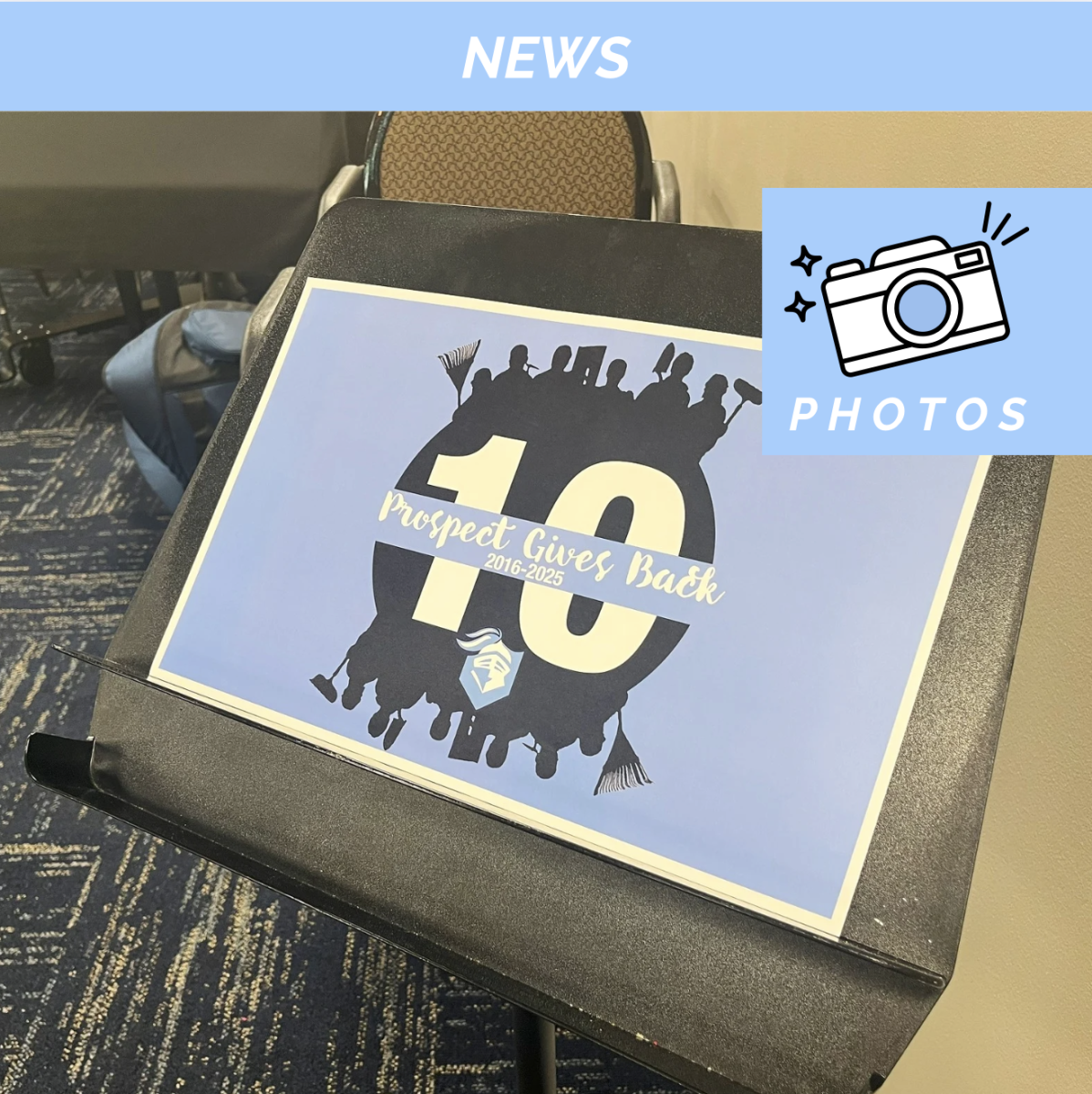
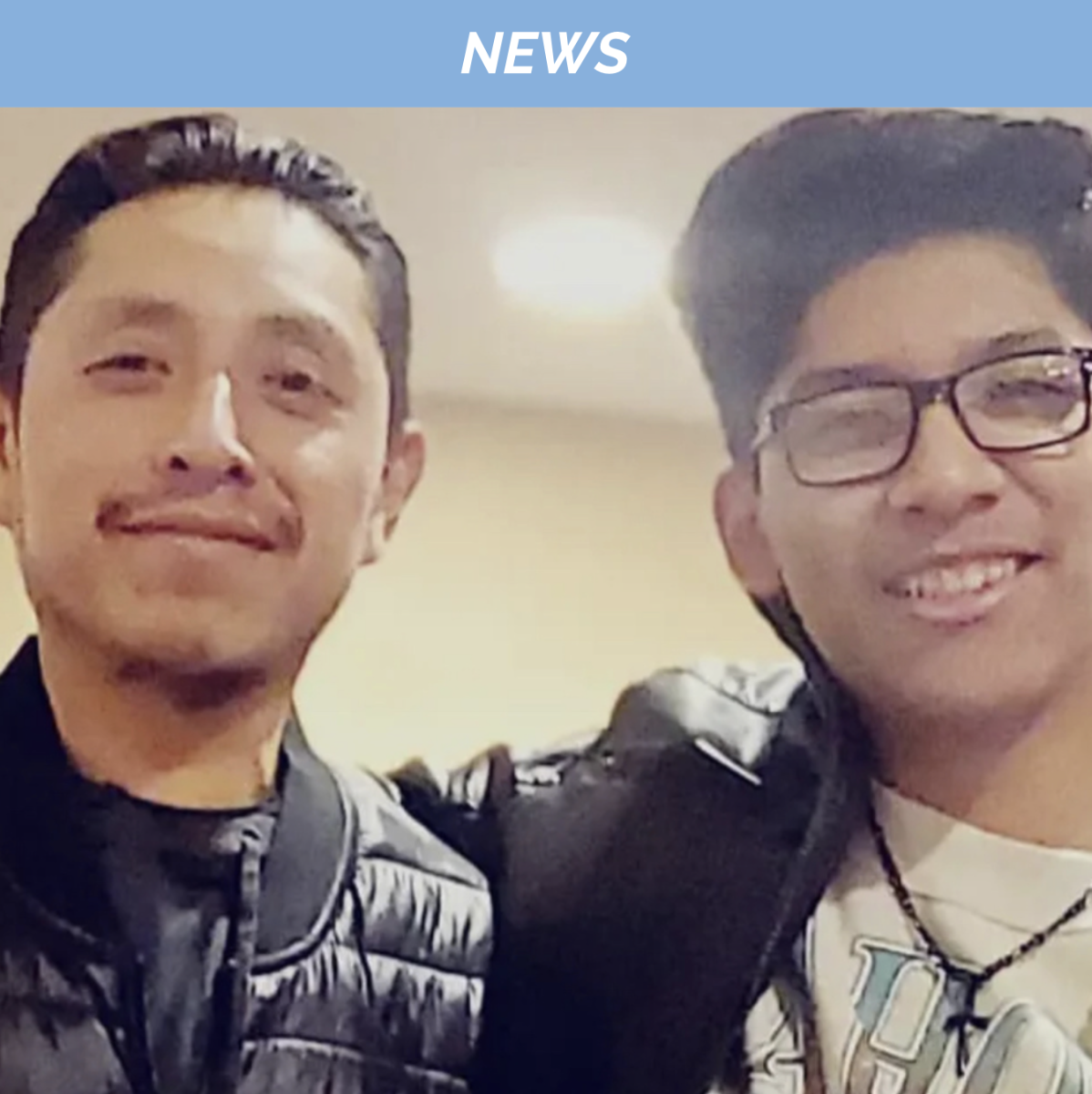
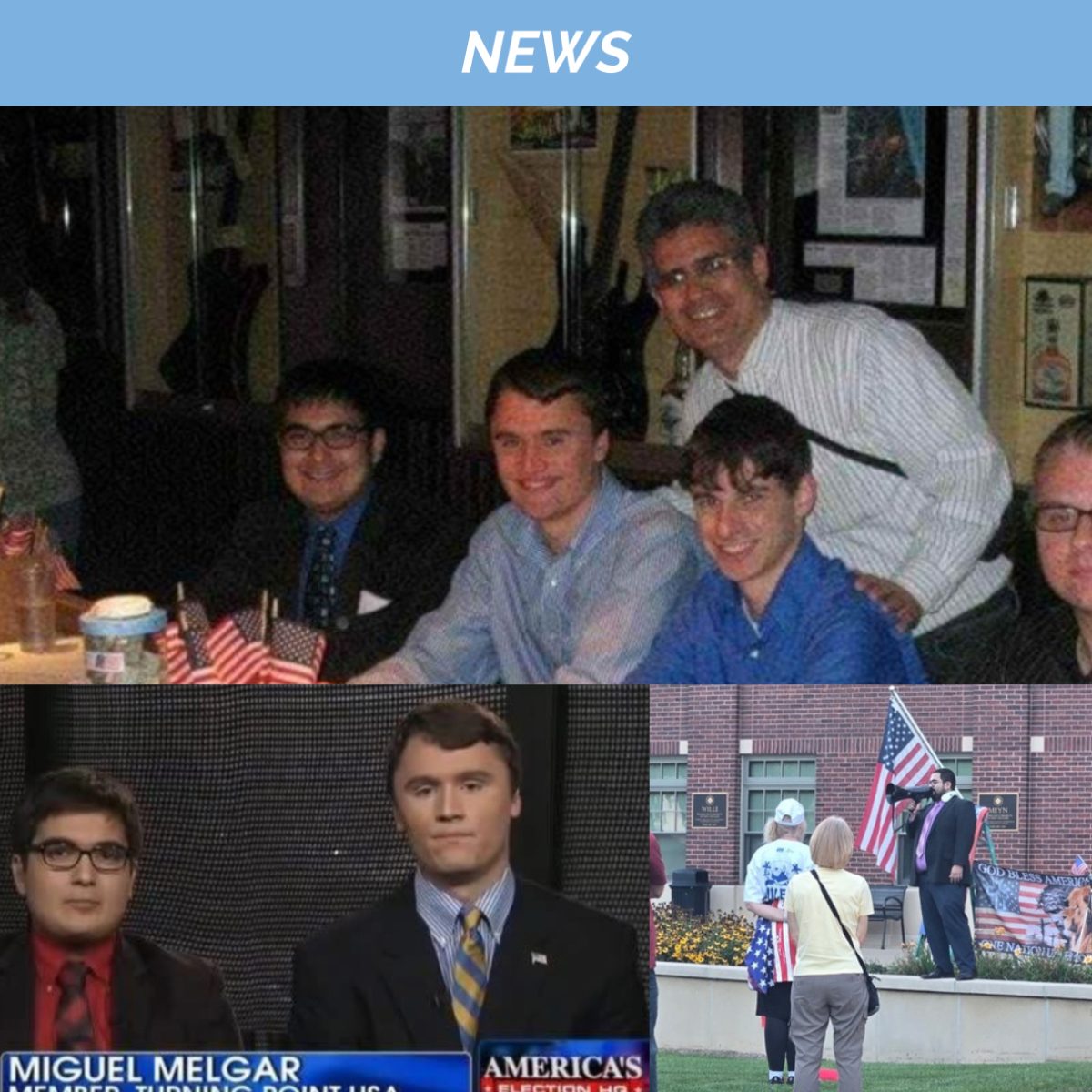









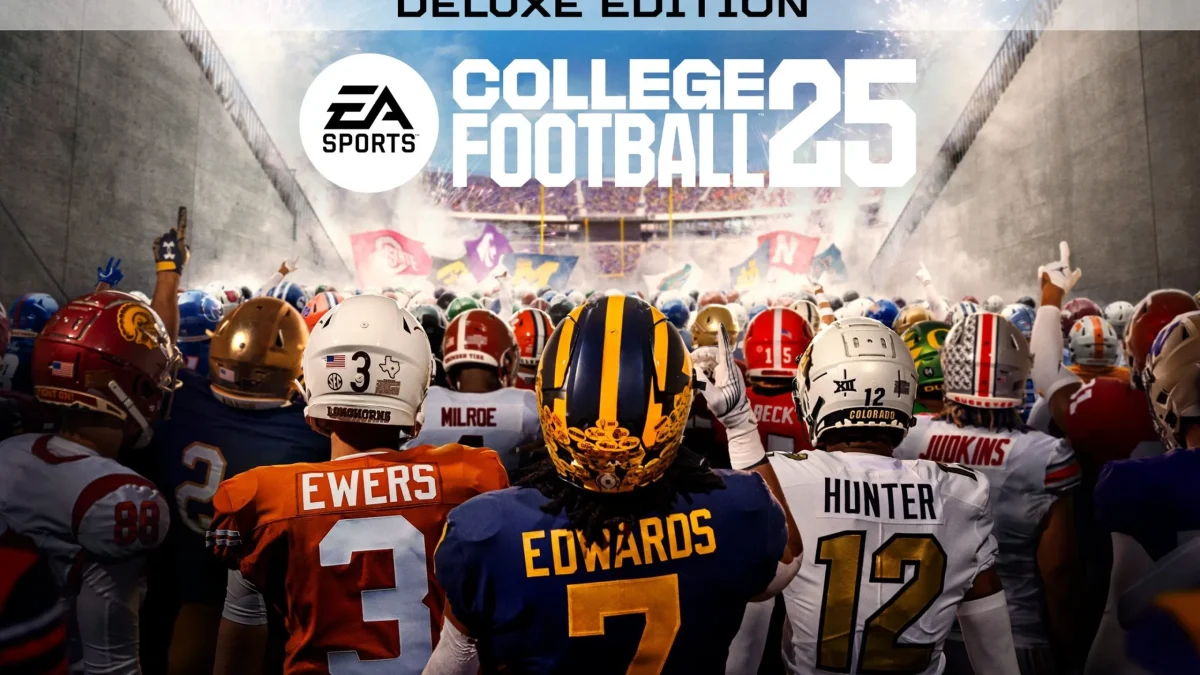
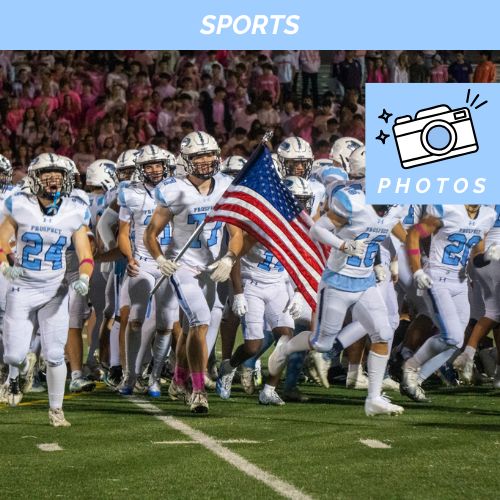
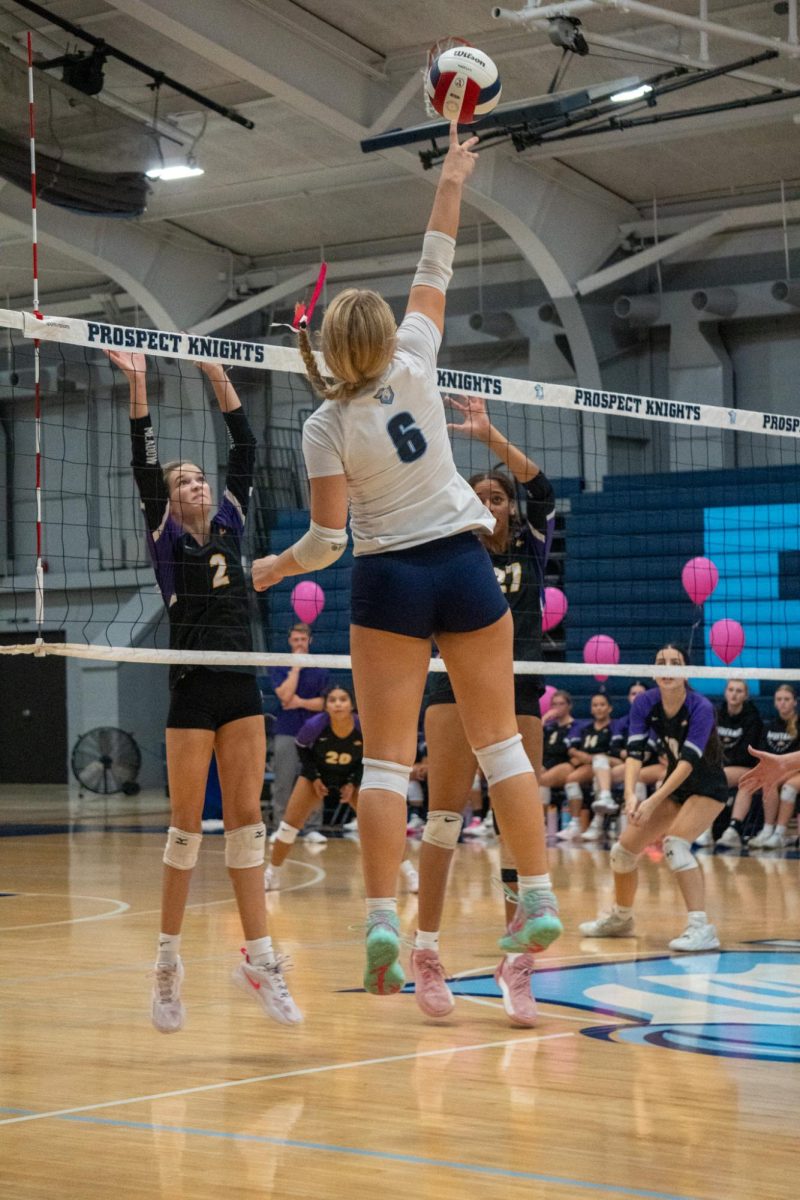






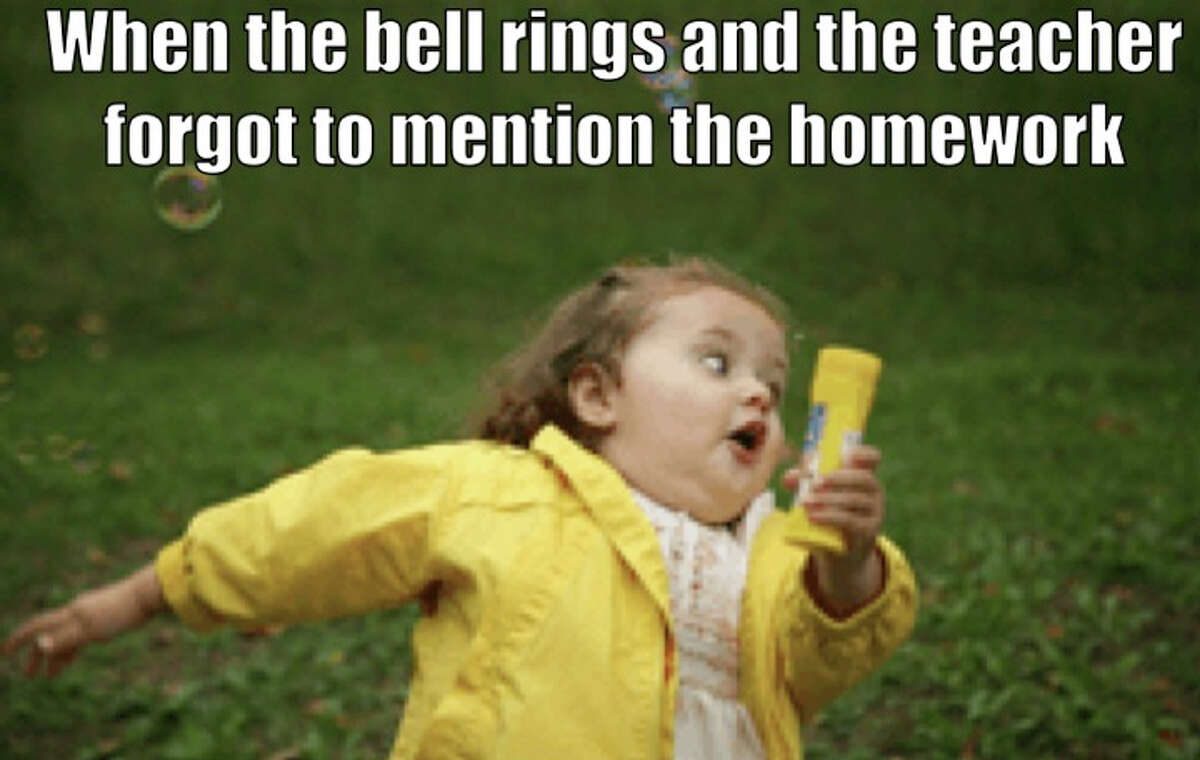
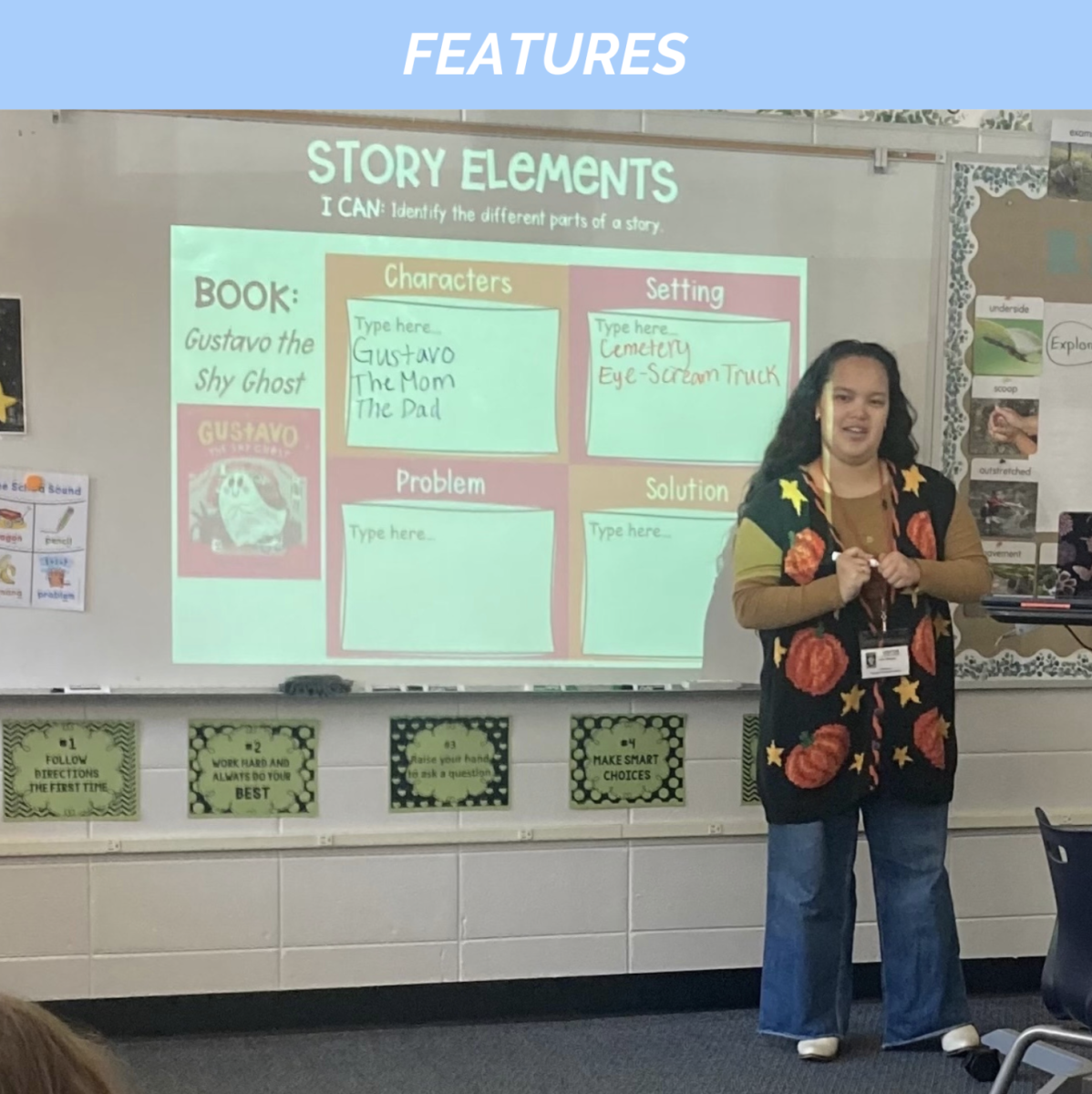








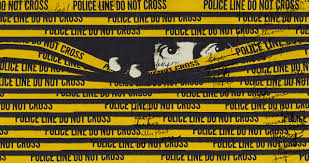
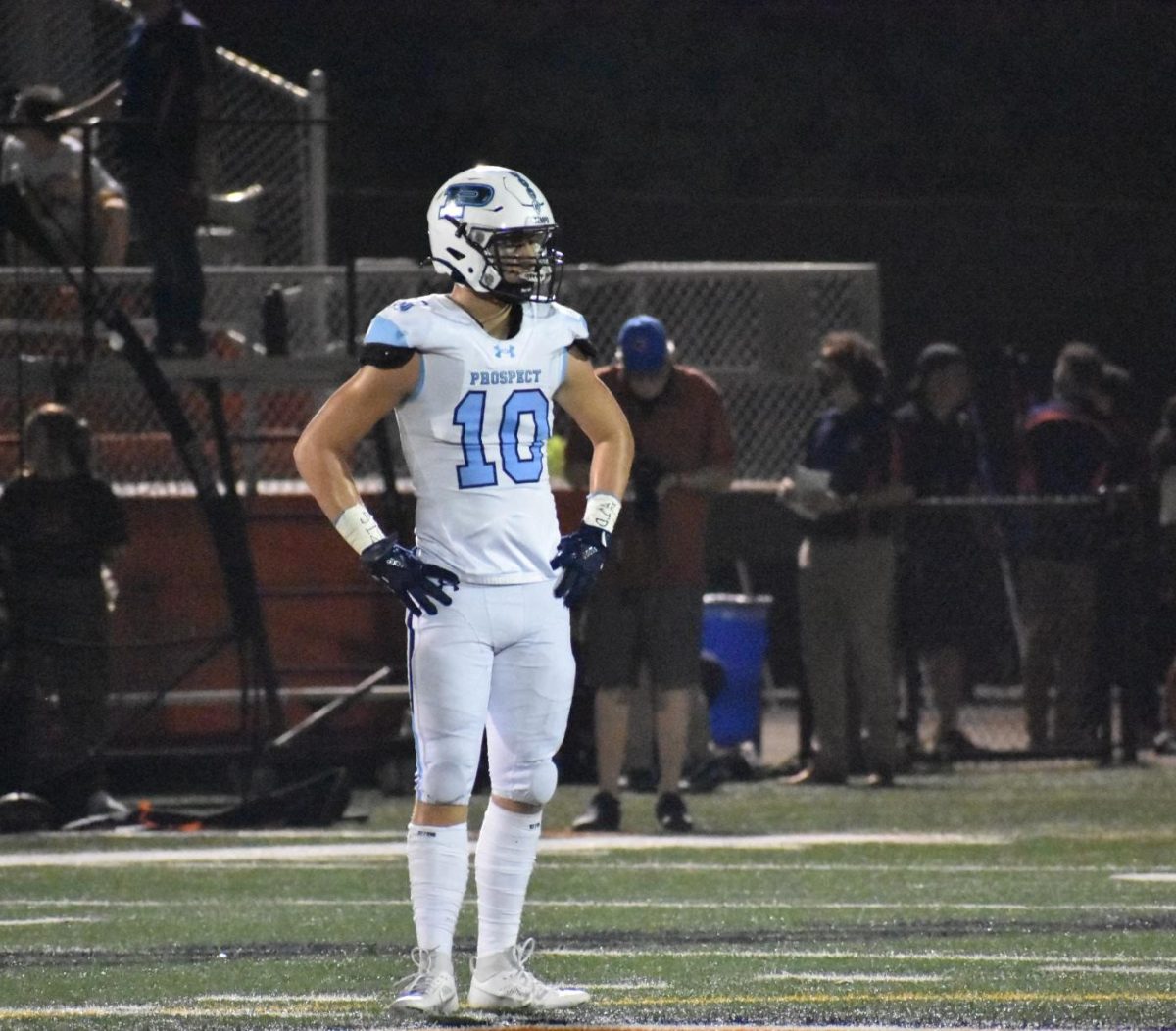

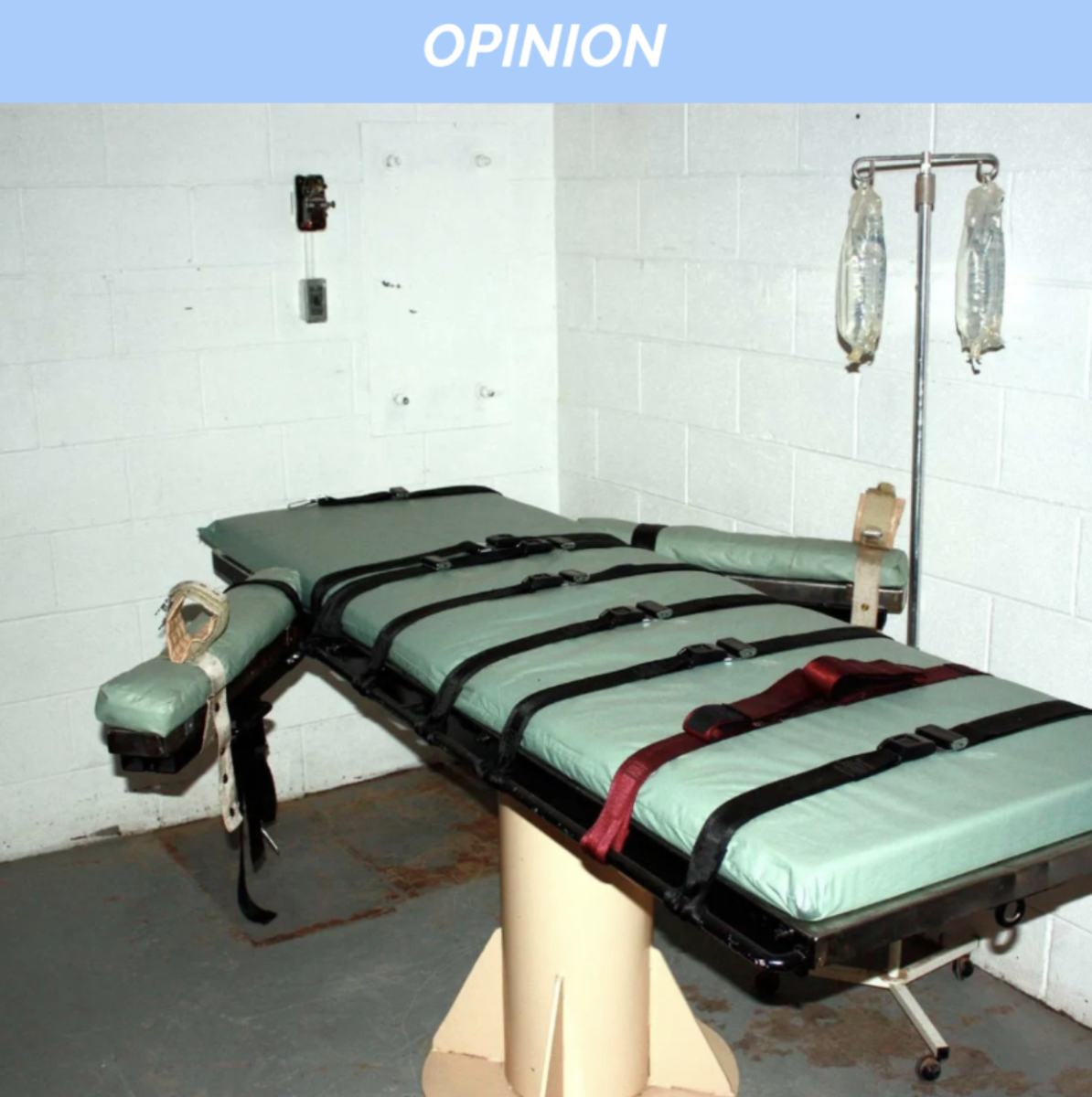
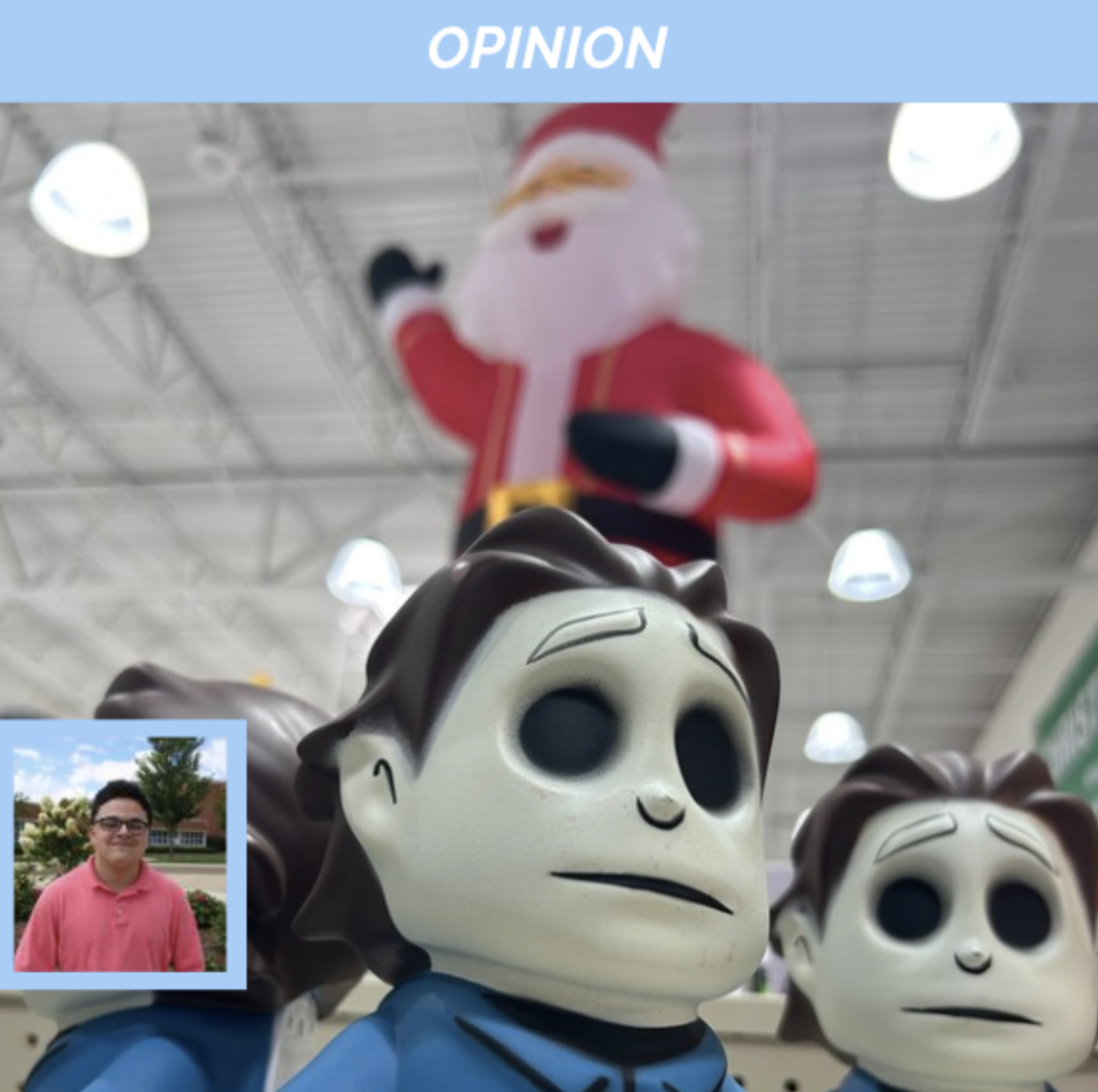
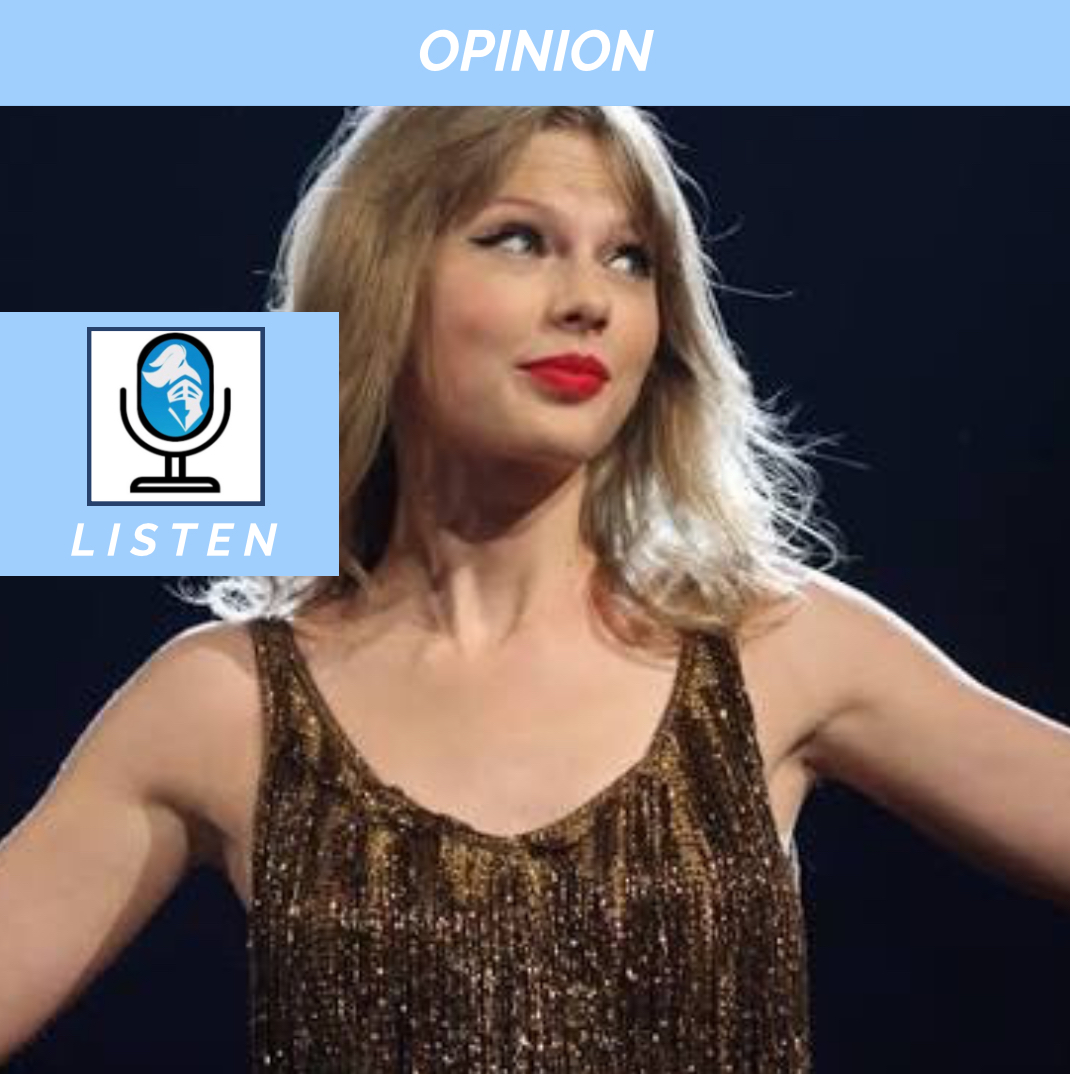
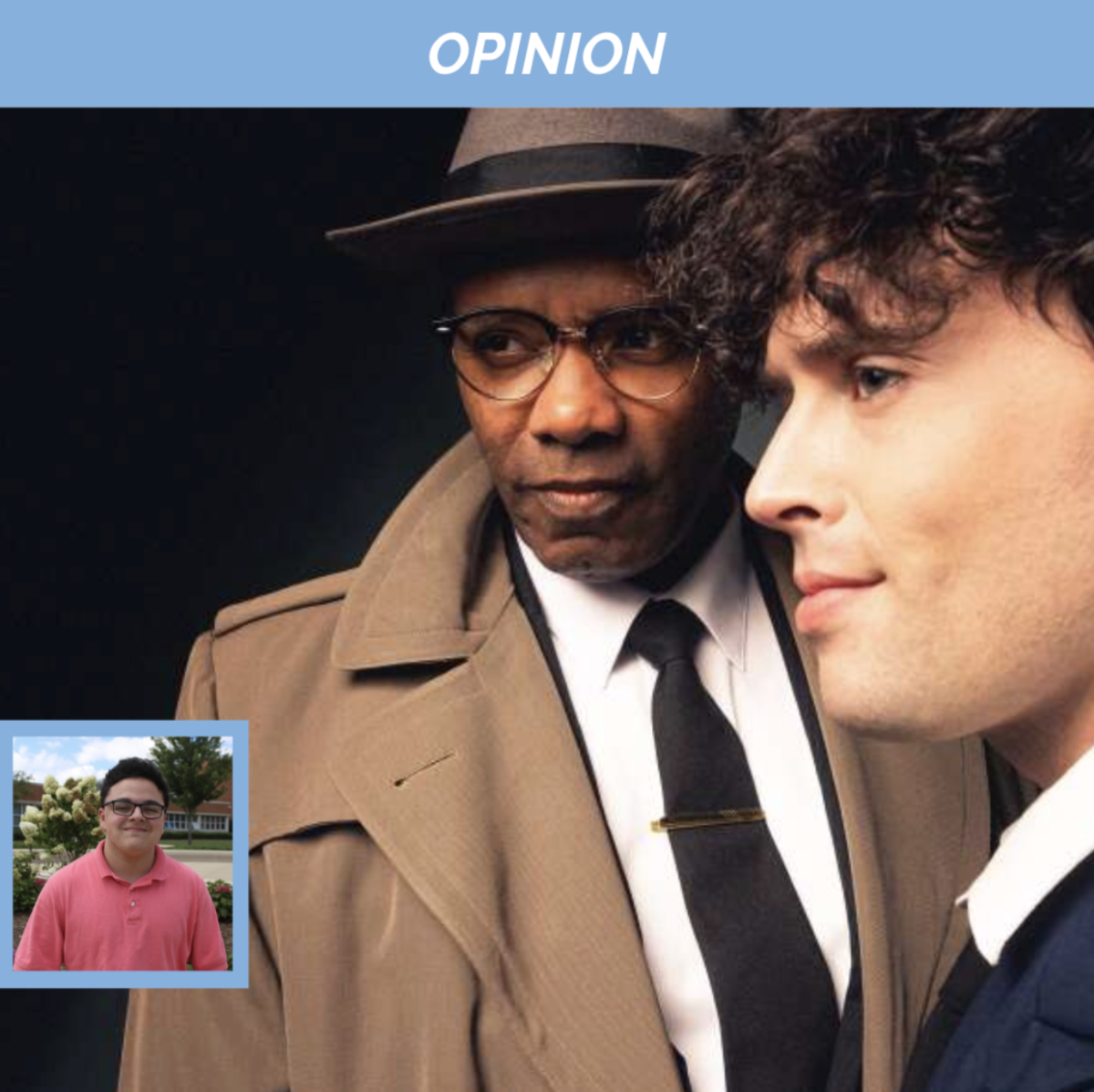




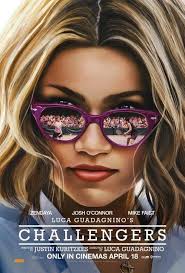





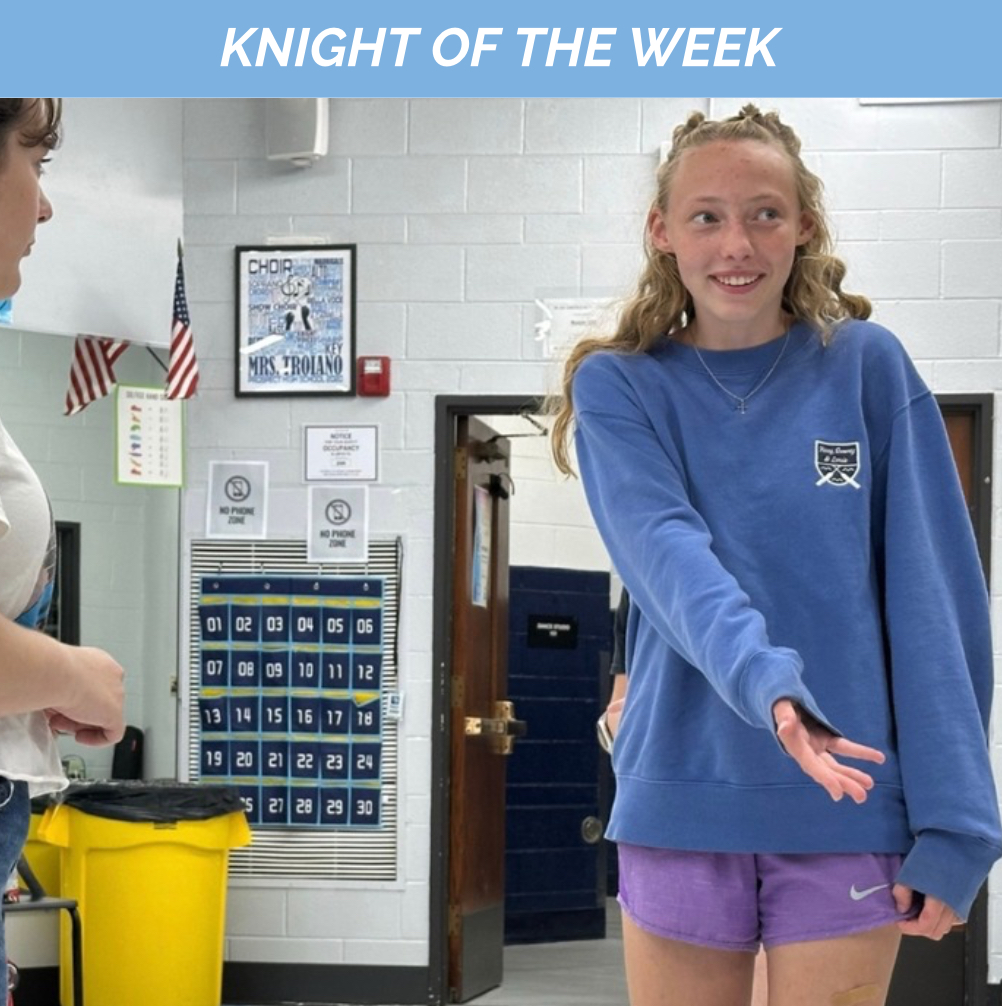
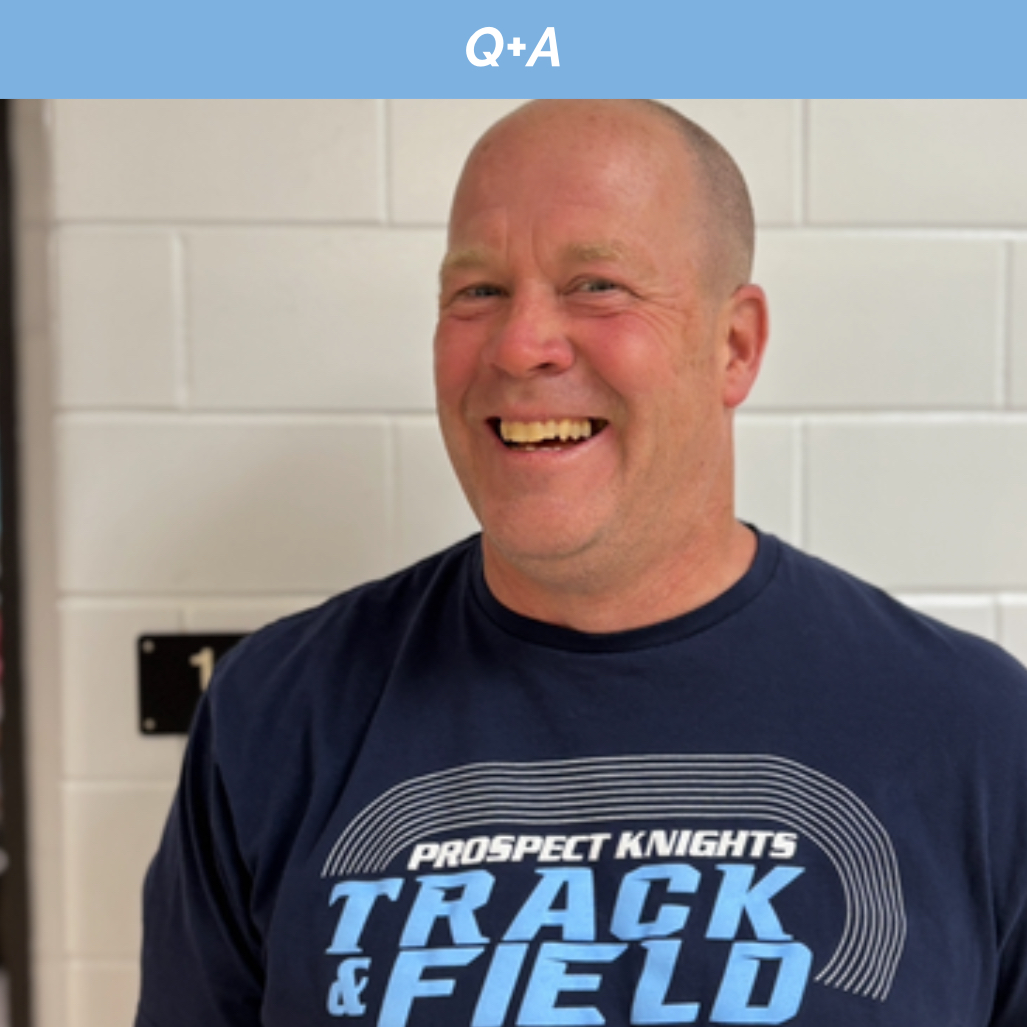













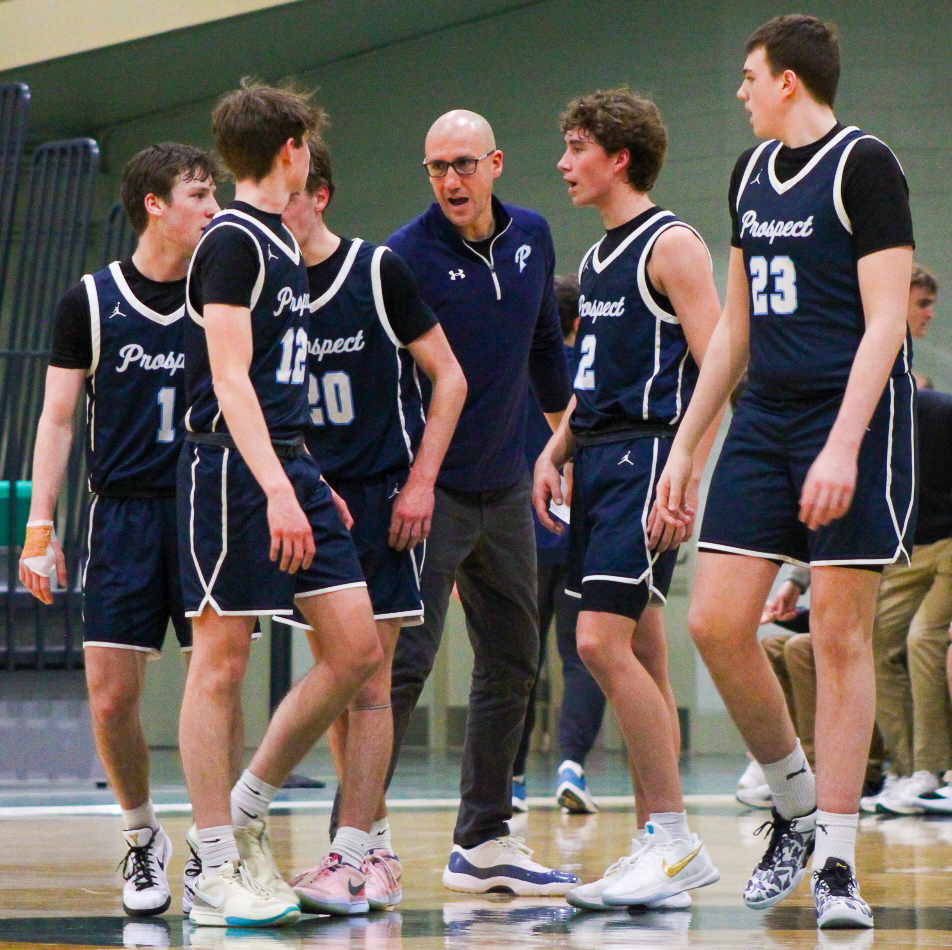

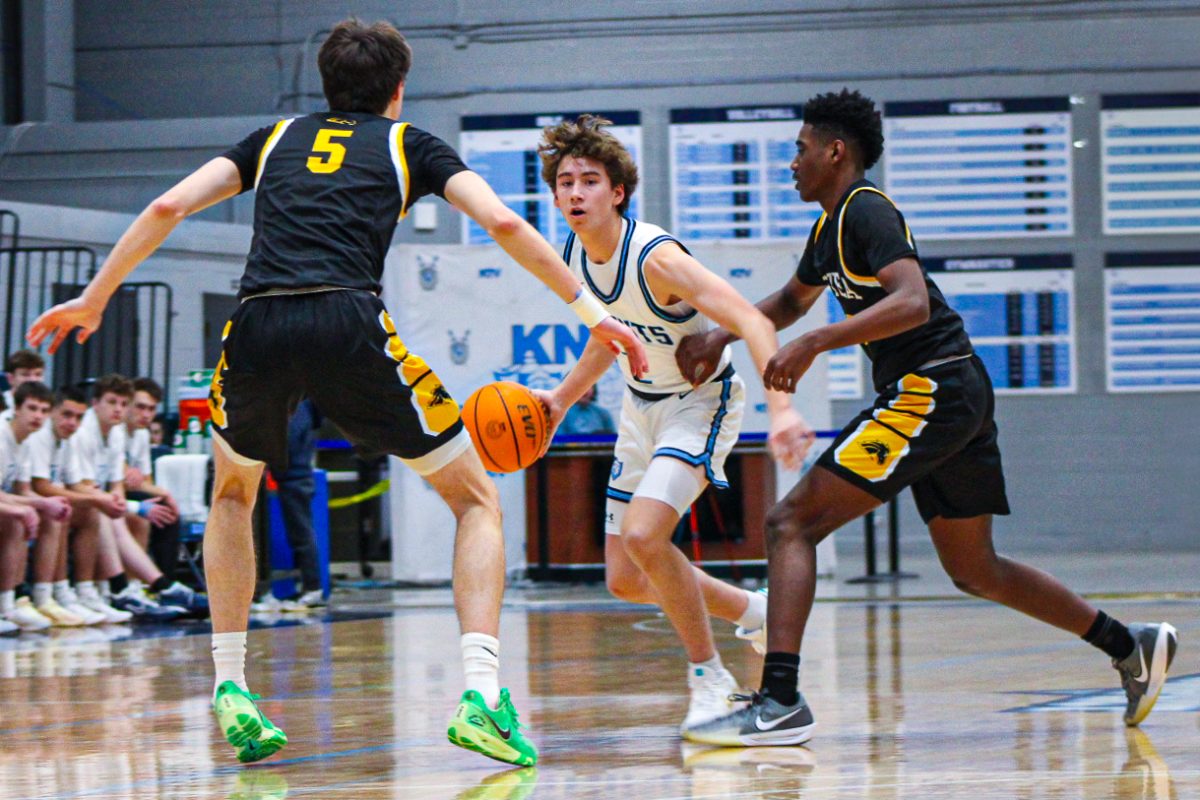
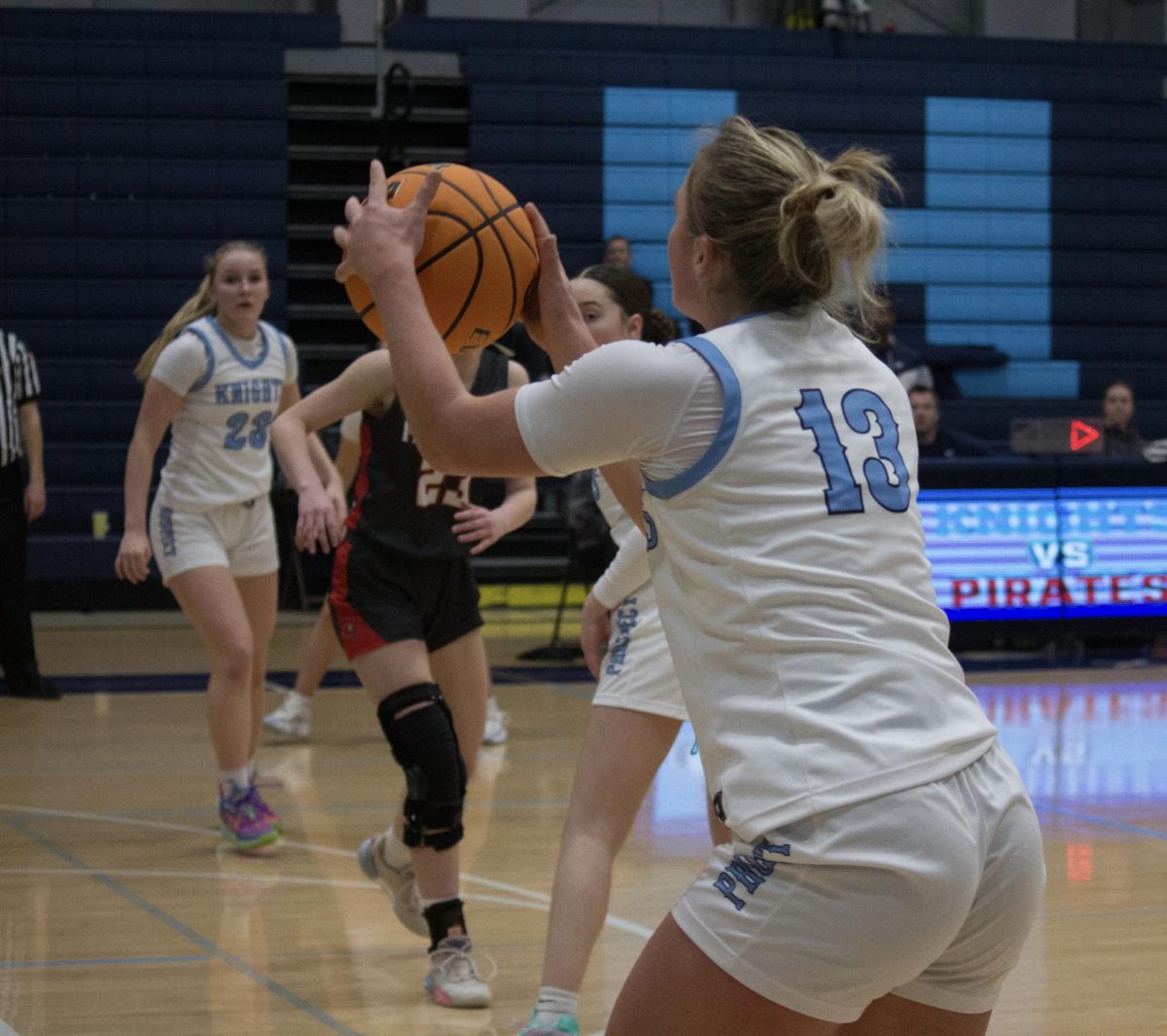




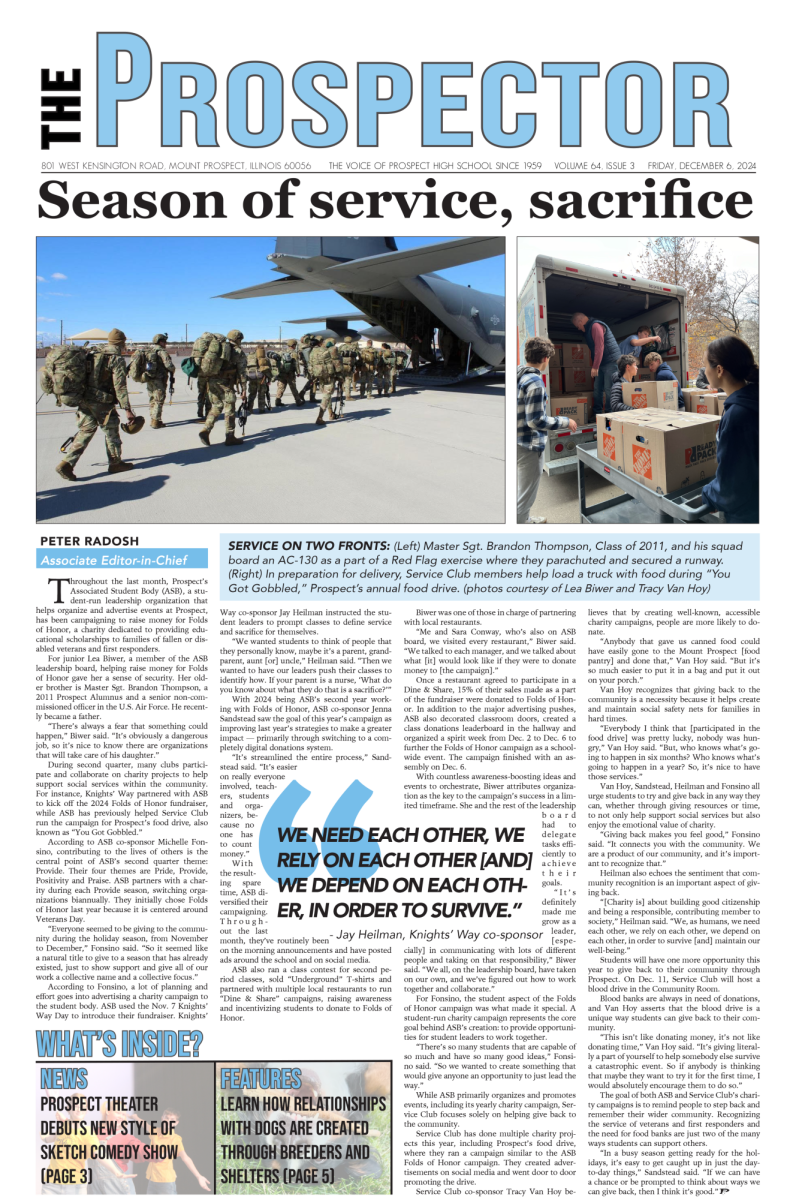




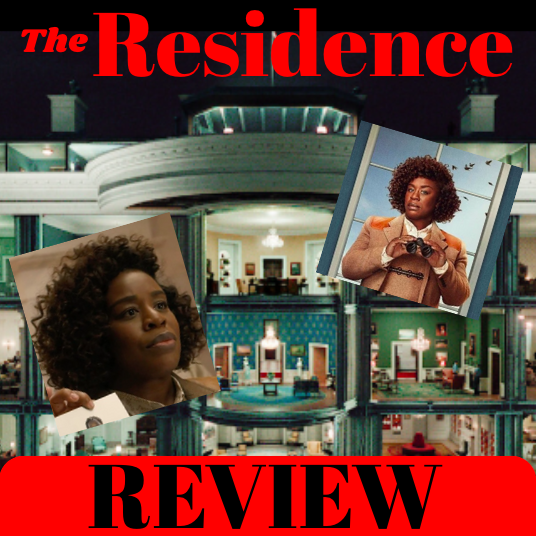

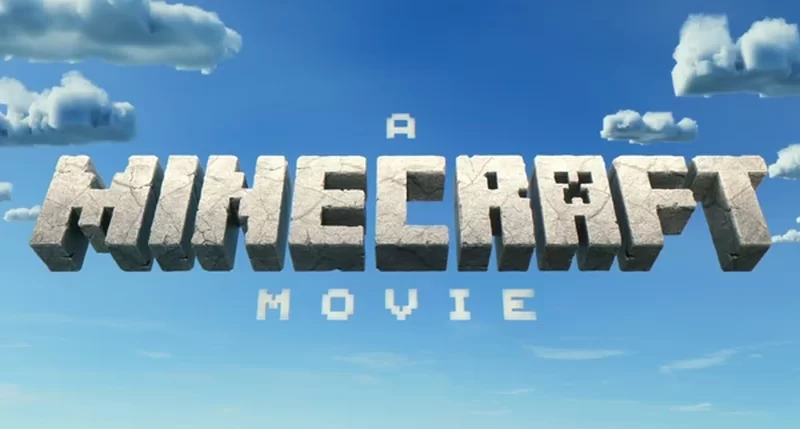
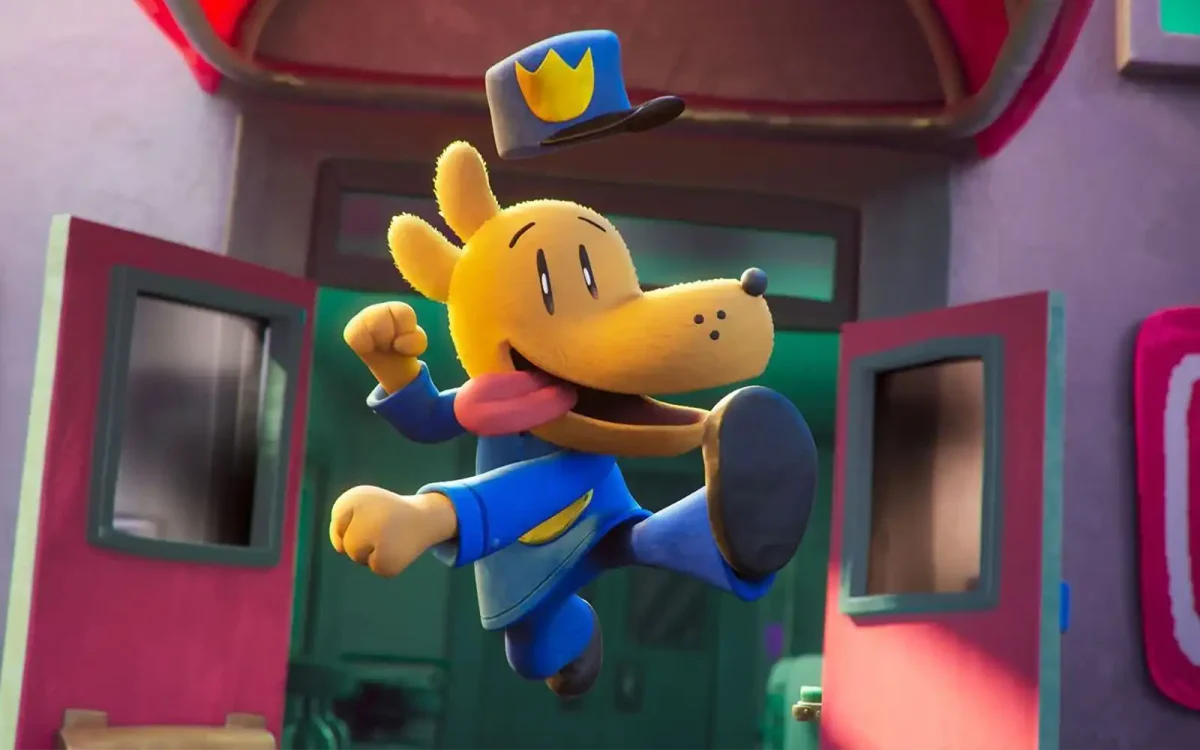

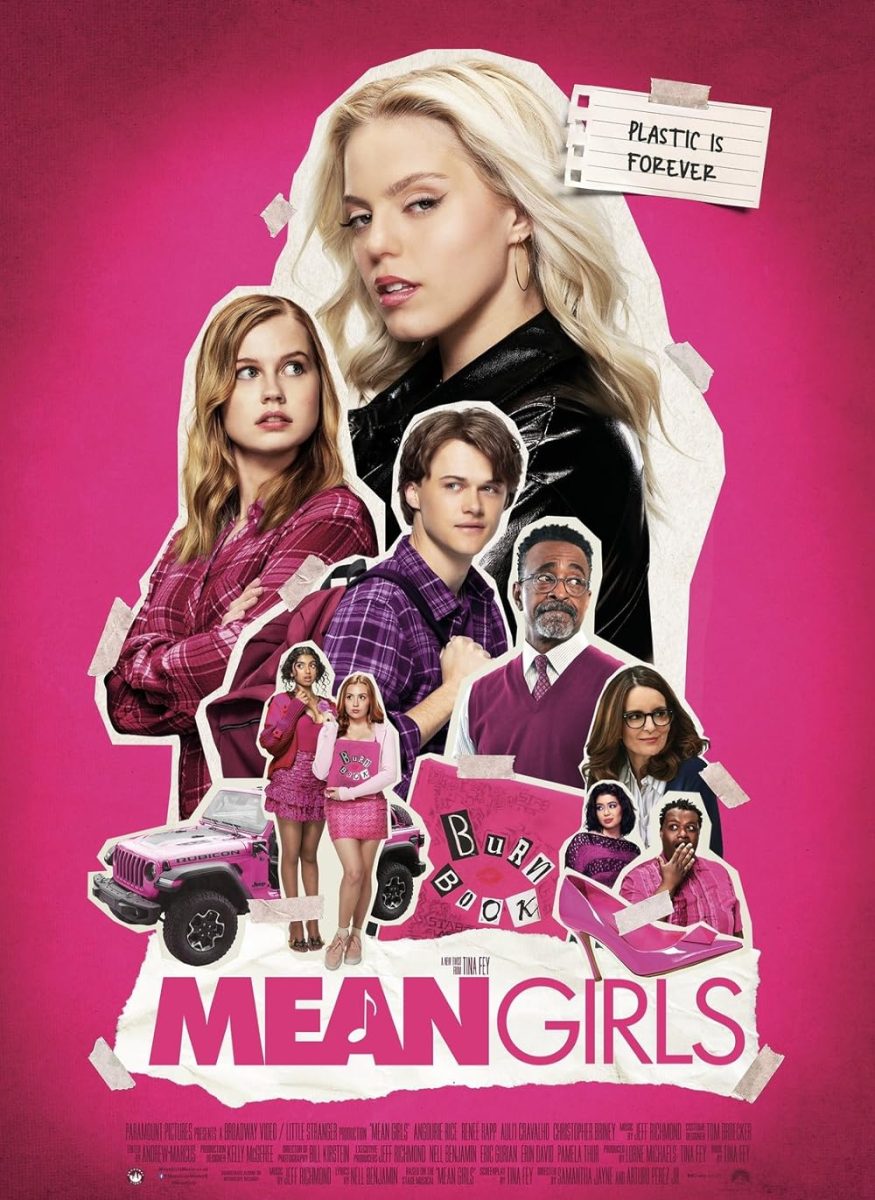

Jennifer Mayo • Feb 26, 2024 at 7:03 pm
Really enjoyed it. Amazed at the color edit and films they gathered. Interviews were exceptional. Wow, lots I learned. Especially Africa involvement.